Introduction to the work
This work is made to commemorate the Voyager 1, which has been flying in space for 48 years.
Operation instructions
This work has a Zidong turning program, so you don't need to control manually, but when the rocket reaches an altitude of 25,00 meters, the program will prompt, which means that the remaining operations need to be controlled manually by you.
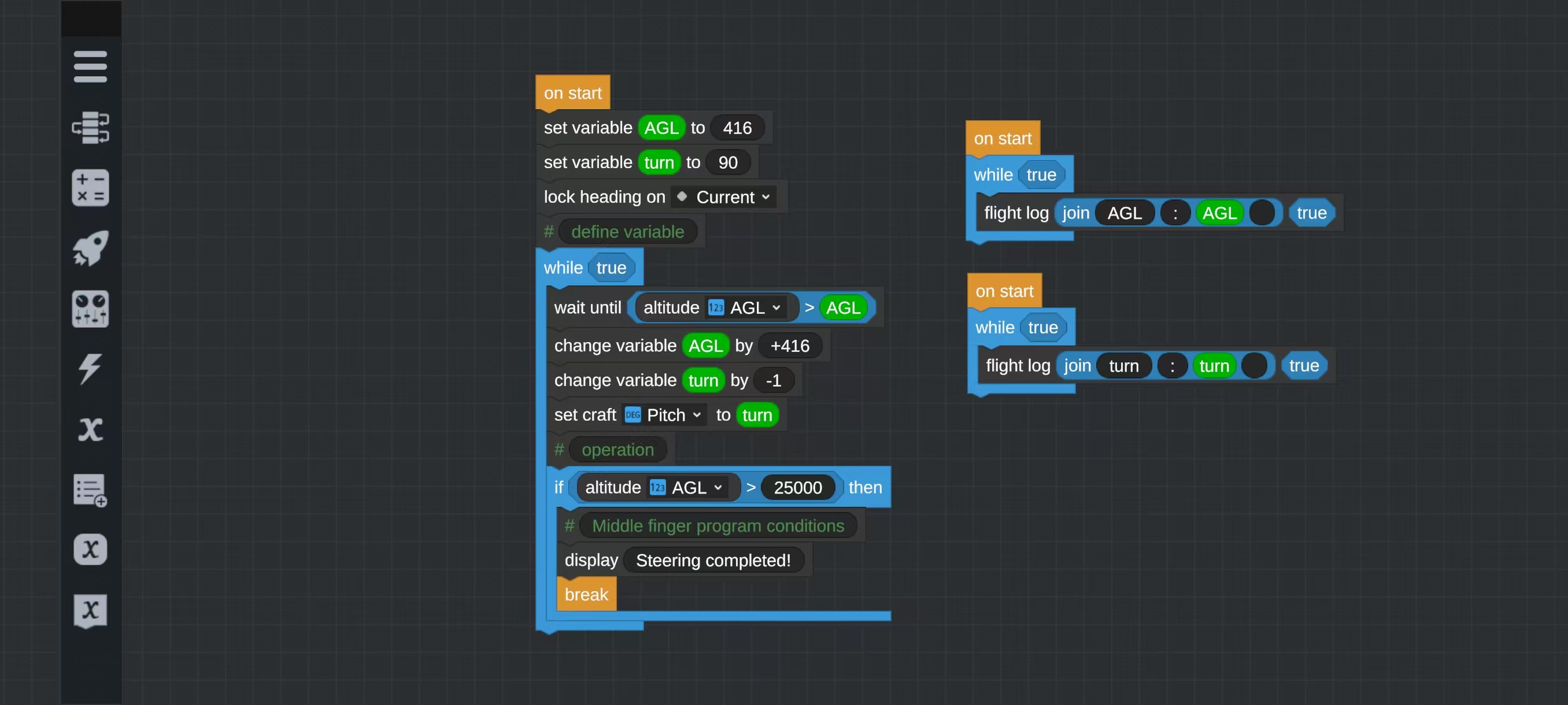

AG1---Separate solid upper stage; deploy probe
Voyager 1 Introduction
Basic Information
Launched by NASA on September 5, 1977, Voyager 1 is an unmanned interstellar probe weighing 815 kg, powered by a nuclear battery. As of 2023, it is approximately 24.37 billion kilometers from Earth, making it the farthest human-made object from Earth, and has entered interstellar space
Key Missions & Achievements
First close-up exploration of Jupiter in 1979, discovering its atmospheric storms and volcanic activity on Io
Flew by Saturn in 1980, capturing detailed images of its ring structures
Carries a golden record (containing human languages, music, etc.) as an "Earth message" to extraterrestrial civilizations
Confirmed in 2013 as the first human-made object to cross the heliosphere into interstellar space
Scientific Instruments
Equipped with 11 detection devices, including:
Cosmic ray sensors
Plasma analyzers
Magnetometers
Wide/narrow-angle imaging systems
Infrared interferometers
Current Status
The probe continues to transmit data, with its nuclear battery expected to last until around 2025. It is traveling at approximately 17 km/s toward the center of the Milky Way
Voyager 1 Golden Record Introduction

The Golden Record aboard Voyager 1 is a gold-plated copper disc created by Carl Sagan's team in 1977, designed to communicate human civilization to extraterrestrial life. It contains greetings in 55 languages, Earth's natural sounds, 27 musical works (including Chinese guqin piece Flowing Water), 116 encoded images, and scientific location data. With gold coating and diamond stylus, it can last over 1 billion years, currently traveling at 17 km/s toward the Milky Way's center.

If you like my work, why don't you give me a like? Thank you very much
GENERAL INFO
- Predecessor: Voyager 1
- Successors 1 craft(s)
- Created On: Android
- Game Version: 1.3.204.1
- Price: $990,500k
- Number of Parts: 1478
- Dimensions: 57 m x 29 m x 35 m
PERFORMANCE
- Total Delta V: 34.3km/s
- Total Thrust: 17.5MN
- Engines: 22
- Wet Mass: 1.35E+6kg
- Dry Mass: 1.04E+6kg
STAGES
| Stage | Engines | Delta V | Thrust | Burn | Mass |
|---|---|---|---|---|---|
| 1 | 2 | 4.0km/s | 12.1MN | 1.9m | 6.46E+5kg |
| 2 | 2 | 670m/s | 2.4MN | 2.7m | 6.46E+5kg |
| 3 | 0 | 0m/s | 0N | 0s | 1.63E+5kg |
| 4 | 5 | 2.9km/s | 485kN | 3.5m | 50,797kg |
| 6 | 2 | 9.3km/s | 207kN | 4.8m | 15,951kg |
| 7 | 1 | 2.0km/s | 76kN | 41s | 2,218kg |
| 8 | 1 | 15.5km/s | 199N | 1.04days | 2,218kg |
6 Comments
- Log in to leave a comment
-
-
-
6,187 Jupiteritself+1 3 months ago
Some say the voyager 1 will reach our closest star in about...400,000 years I think. I hope that will happen.
-
1,566 QuantumTechnology+1 3 months ago
@PeriodicAerospace In fact, Voyager 1's time is running out, and she estimates that it will not last until 2027 at the most because its RTG voltage is currently only about 200 watts, which cannot support longer service
-
2,539 PeriodicAerospace3 months ago
the voyagers have enough power to keep themselves running until 2032


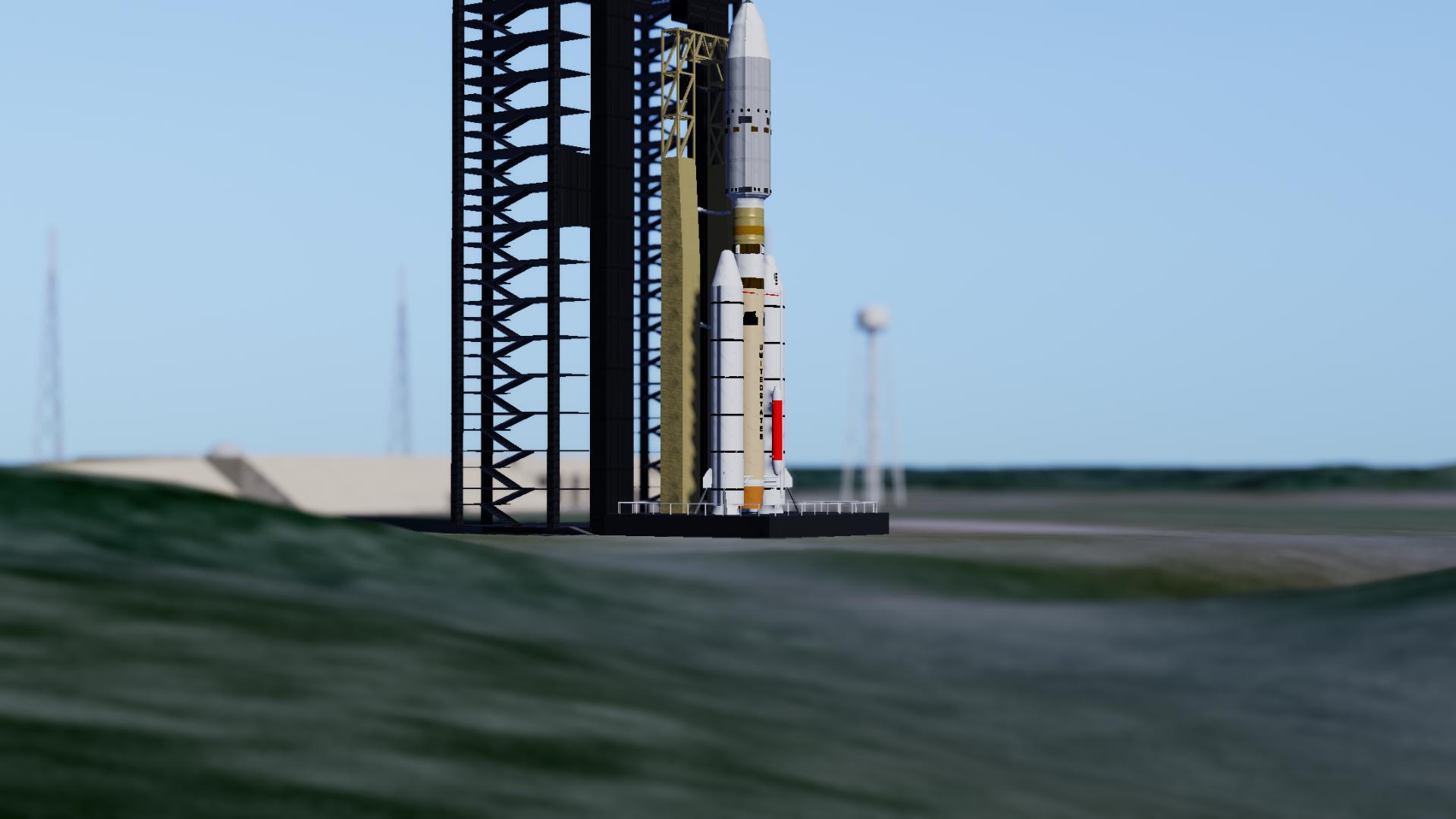
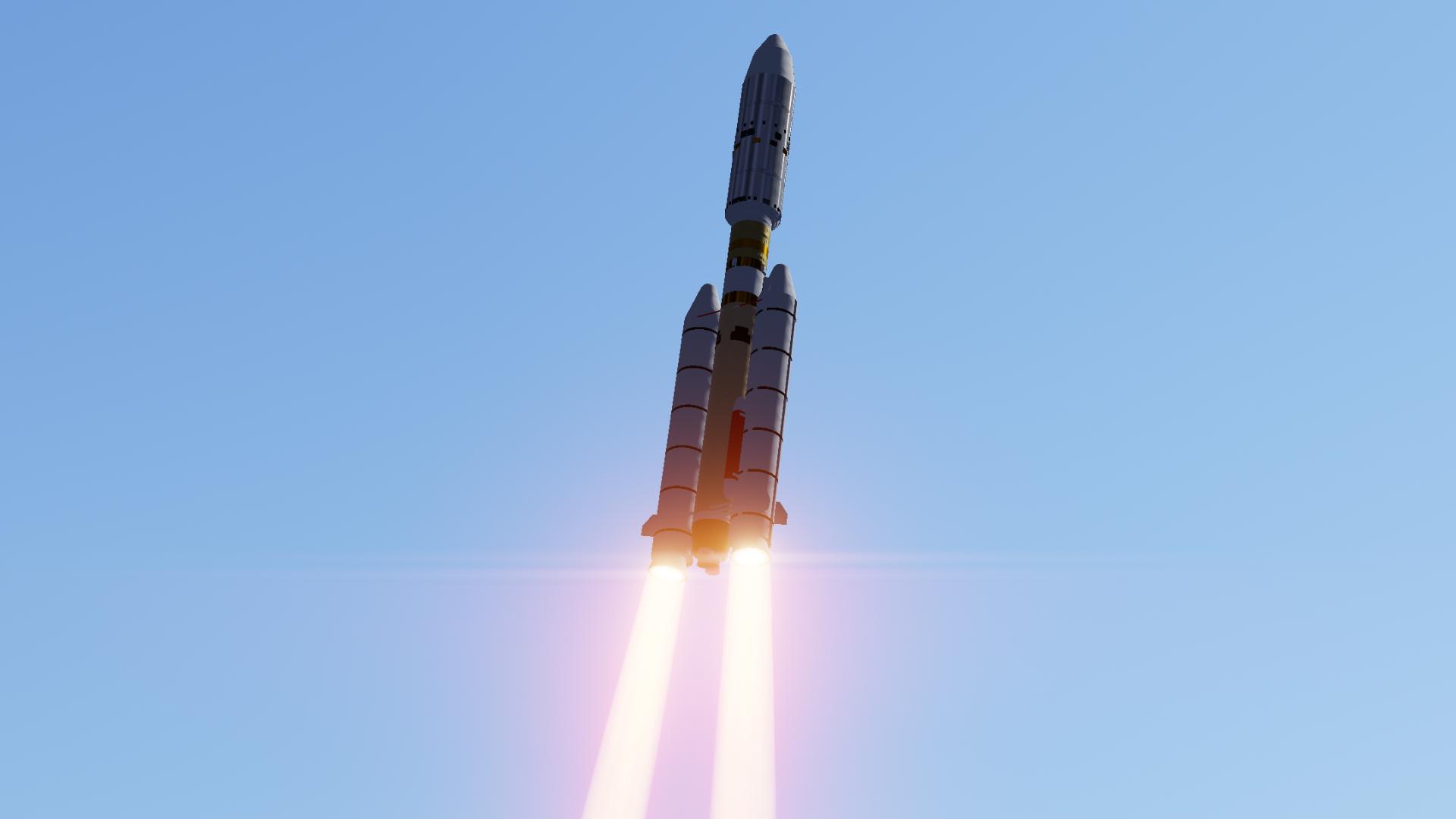
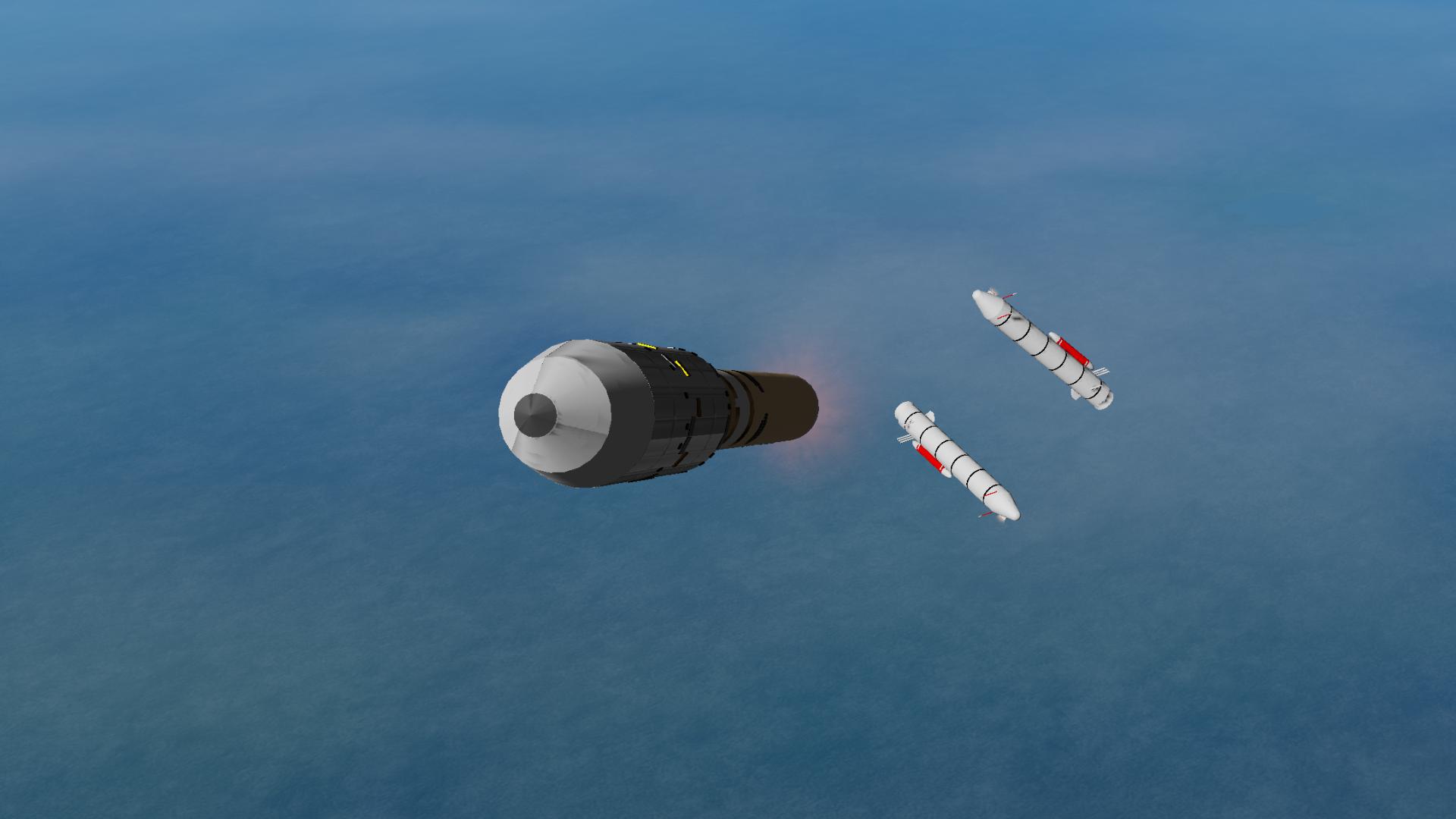
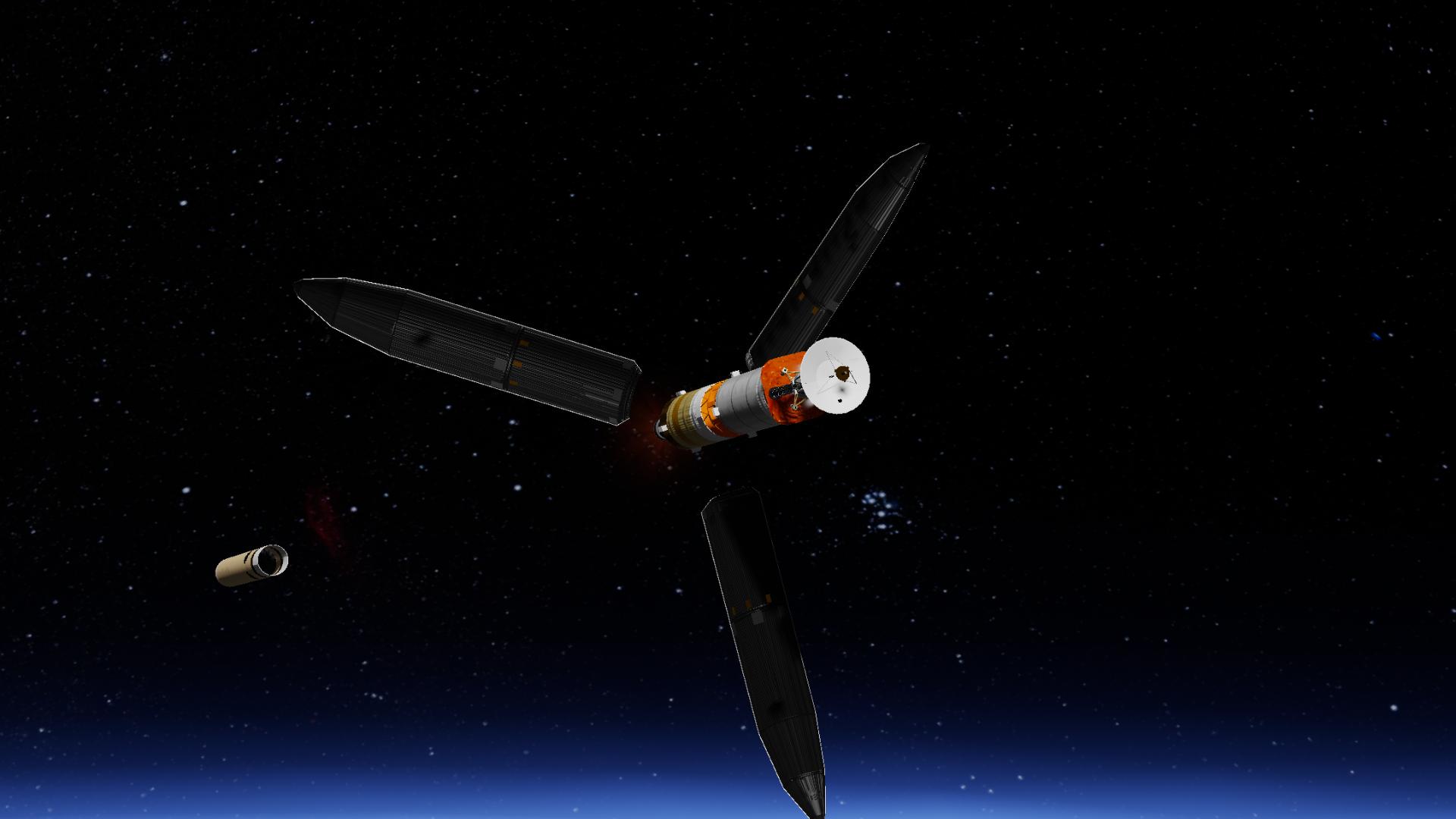
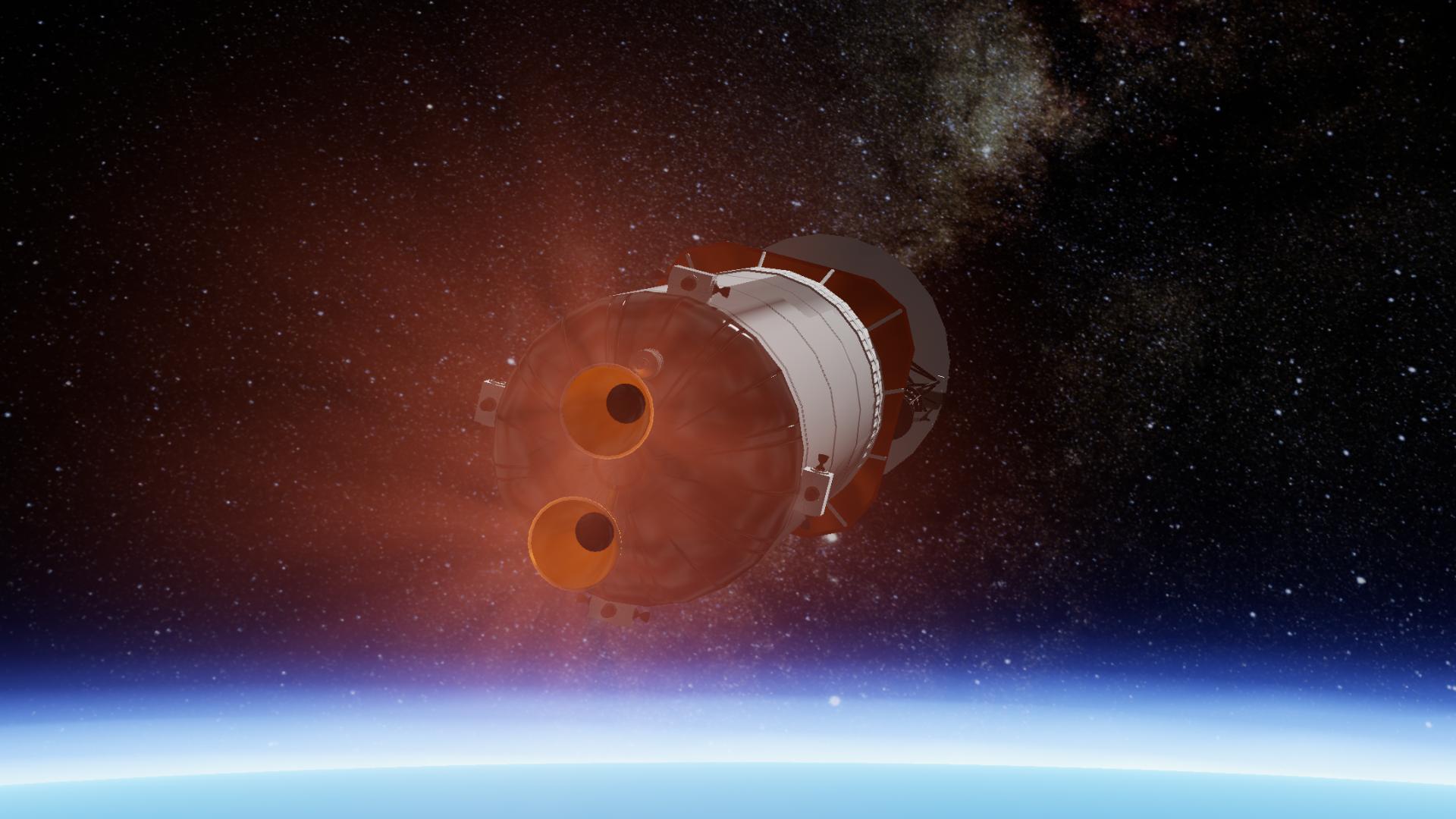
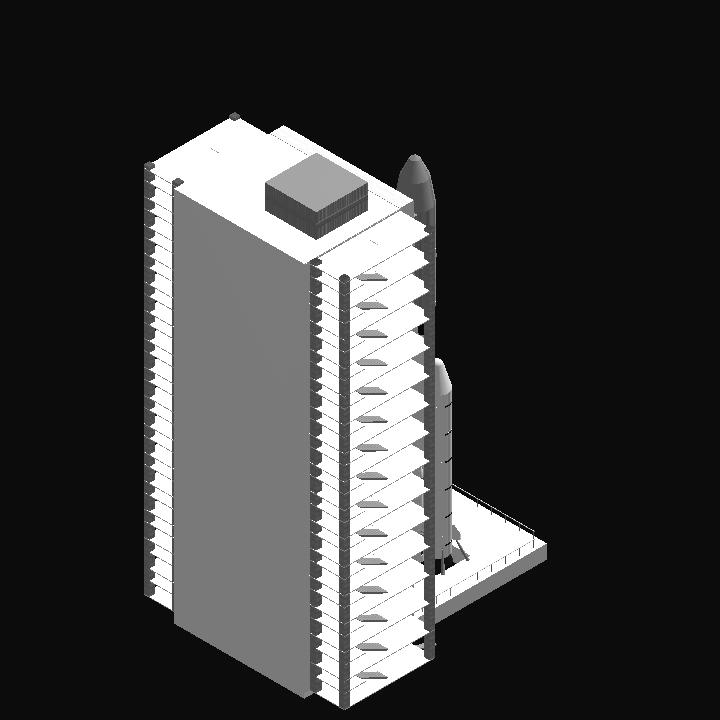
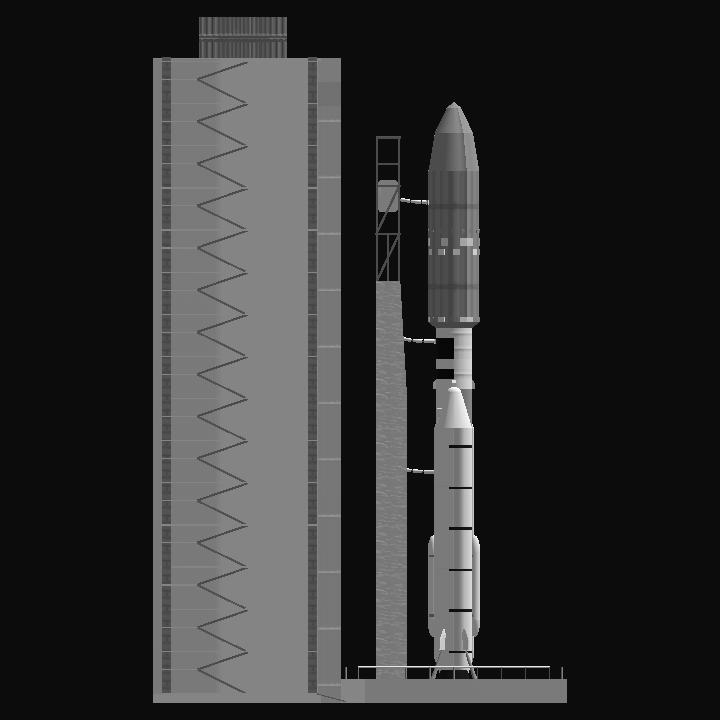
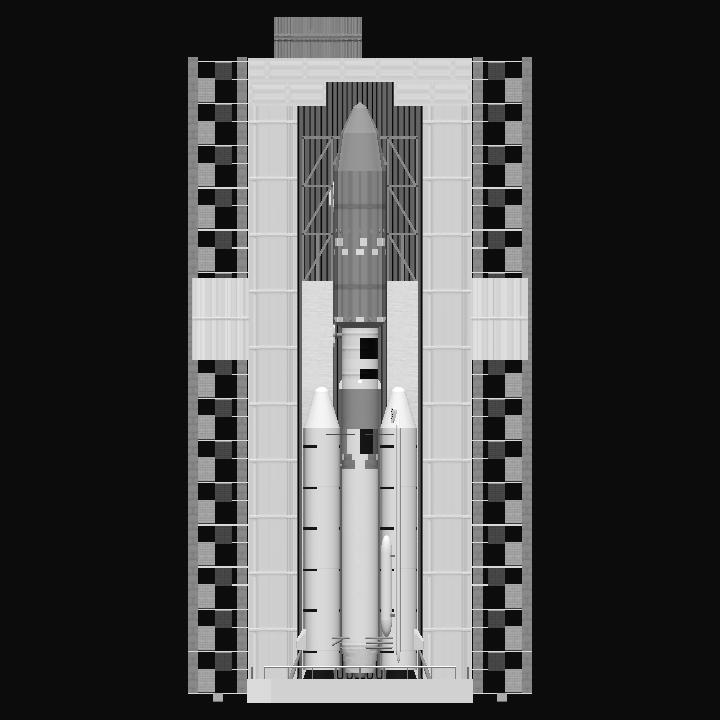
I love this! It can use on my tablet 😊😊😊